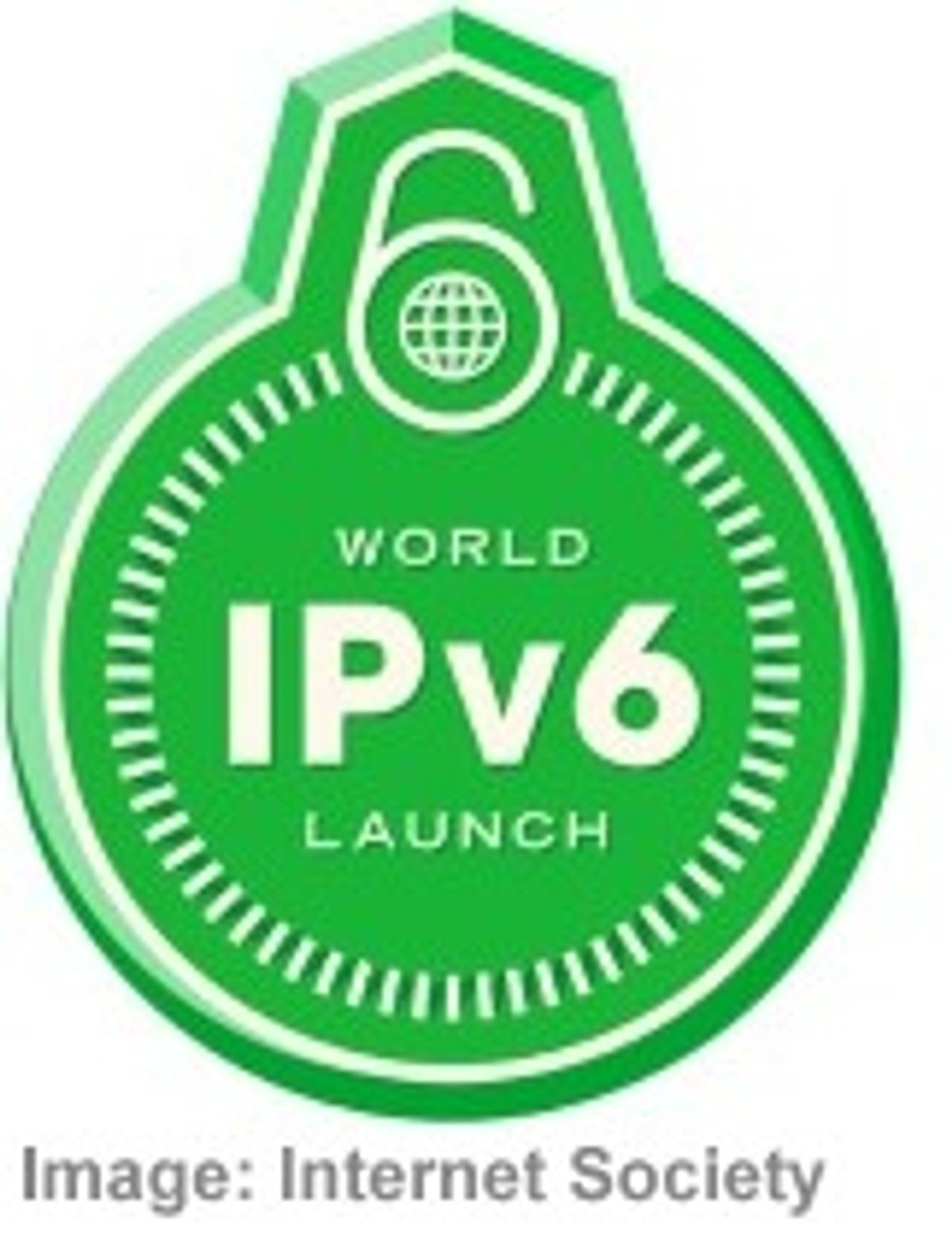Well, that day has certainly come, and the major Internet players know they must make the transition to IPv6 compatibility or risk losing new customers. Which is why the Internet Society coordinated today’s World IPv6 Launch. It's a chance for AT&T, Free Telecom, Google, Microsoft, Facebook and others to all take the plunge together. That way, if something goes wrong, it goes wrong for everyone.
So far, though, the change has gone smoothly and in all likelihood will continue that way. The participating companies have been testing their IPv6 networks for months, and many took them for a one-day public test run last year on World IPv6 Day. Other Internet providers—Hurricane Electric, for example—have been operating IPv6 networks for some time now.
What does this all mean for the iPhone and Xbox users? Nothing, probably. At least for a while. Companies that made the upgrade have enabled both IPv6 and IPv4 traffic on their networks and Websites. So if your device and software are IPv6 compatible (most major ones are) and your service provider supports IPv6, you can surf Google or watch movies on Netflix using an IPv6 infrastructure. If not, no worries; you can still connect seamlessly using IPv4. (If you’re curious whether you can access the IPv6 Internet, you can find out here.)
However, as more and more users and devices get assigned IPv6 addresses—which is already happening in the Asia Pacific region—they may have trouble accessing Websites and services that are only IPv4 compatible. Many ISPs already offer “tunnel services” that translate between old and new IP addresses, which fixes the access problem but can cause delays—a real nuisance when you’re dealing with data-heavy applications such as video streaming.
Eventually, companies will start switching off their IPv4 infrastructure—a process that will likely play out over many years. As Leslie Daigle, chief Internet technology officer for the Internet Society, told IEEE Spectrum editor Steven Cherry last year during IPv6 Day, when we finally do flip the switch to an all-IPv6 Internet, probably no one will even notice.




